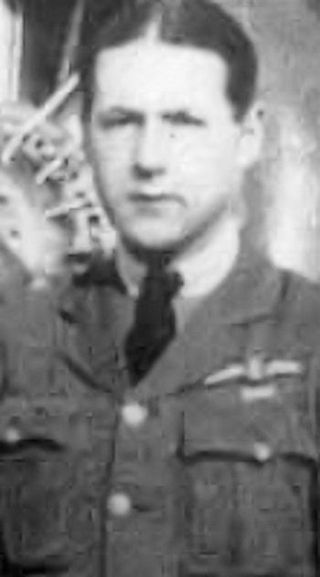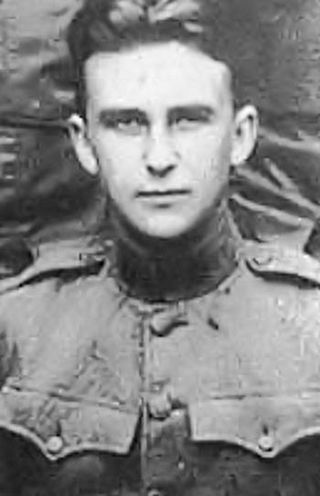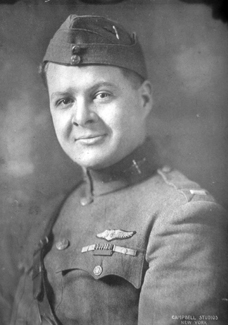Captain Thomas Frederic Williams MC was a Canadian First World War flying ace, officially credited with 14 victories.

Air Vice Marshal George Roberts Howsam, CB, MC was a Canadian First World War flying ace, officially credited with 13 victories. Serving in the newly formed Royal Canadian Air Force in the inter-war years, Howsam served as the RCAF's Director of Training during World War II.
Captain Hazel LeRoy Wallace DFC was a Canadian First World War flying ace, officially credited with 14 victories. His record shows him to have been a notable team player in squadron tactics.
Captain D'Urban Victor Armstrong DFC was a World War I flying ace credited with five aerial victories.
Lieutenant Harry Neville Compton was a World War I flying ace credited with five aerial victories.
Captain Earl McNabb Hand was a Canadian World War I flying ace credited with five confirmed aerial victories and two unconfirmed ones.
Lieutenant Harold Arthur Sydney Molyneux was a World War I flying ace credited with five aerial victories. During World War II, he returned to service in the Royal Canadian Air Force.

Lieutenant Orville Alfred Ralston was a World War I flying ace credited with five aerial victories. He returned to service for World War II, only to die in a B-17 crash.
Captain Henry Gordon Clappison was a World War I flying ace credited with six aerial victories.
Captain Ronald Sykes (1899-1977) was a World War I flying ace credited with six aerial victories.
Vizeflugmeister Hans Goerth was a World War I German flying ace credited with seven confirmed aerial victories. He was the top ace of Marine Feld Jasta III of the German Naval Air Service, and was one of the few aces allowed to fly the Fokker E.V monoplane. Goerth received the Iron Cross First Class and other awards for his service. After the war, in 1919, the pilot participated in Kampfgeschwader Sachsenberg, commanded by fellow World War I ace Gotthard Sachsenberg.
Leutnant Heinrich Georg Geigl was a World War I German flying ace credited with thirteen aerial victories. His midair collision with a Sopwith Camel killed him; however, the Camel was confirmed as Geigl's 13th victory.

Lieutenant Kenneth Russell Unger was an American World War I flying ace credited with fourteen aerial victories. His candidacy rejected by his own nation, Unger applied to the British Royal Flying Corps for military pilot training in June 1917. Once trained, he was assigned to the Royal Naval Air Service (RNAS). As the RNAS was merged into the Royal Air Force, Unger scored his aerial victories between 26 June and 1 November 1918. In later life, Unger remained involved in aviation and served again during World War II. He also joined the U.S. Navy Reserves, rising to the rank of rear admiral.

Lieutenant Howard Burdick DSC DFC was an American World War I flying ace credited with eight confirmed aerial victories. He and his son, Clinton D. Burdick, are the only known pair of father-son flying aces.

Paul Frank Baer was an American fighter pilot for the United States Army Air Service in World War I. He was credited with nine confirmed victories and seven unconfirmed victory claims, making him the first flying ace in American military aviation history.
Sous lieutenant Jean Georges Bouyer was a French World War I flying ace credited with eleven confirmed aerial victories.
Captain Stanley Stanger was a World War I flying ace credited with 13 confirmed aerial victories scored on the Italian Front. He was also noted for his ingenious escape from being captured by the Austro-Hungarians.
Richard Jeffries Dawes DFC was a Canadian World War I flying ace credited with nine aerial victories.
Lieutenant Frederick John Hunt was an English World War I flying ace credited with nine aerial victories.





